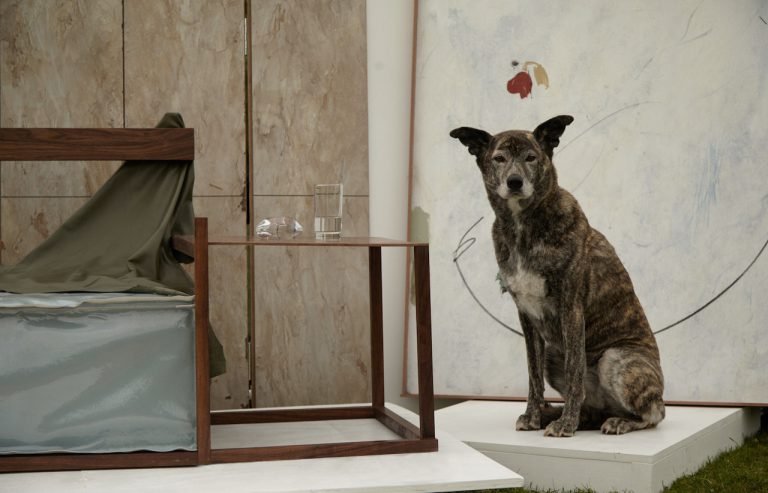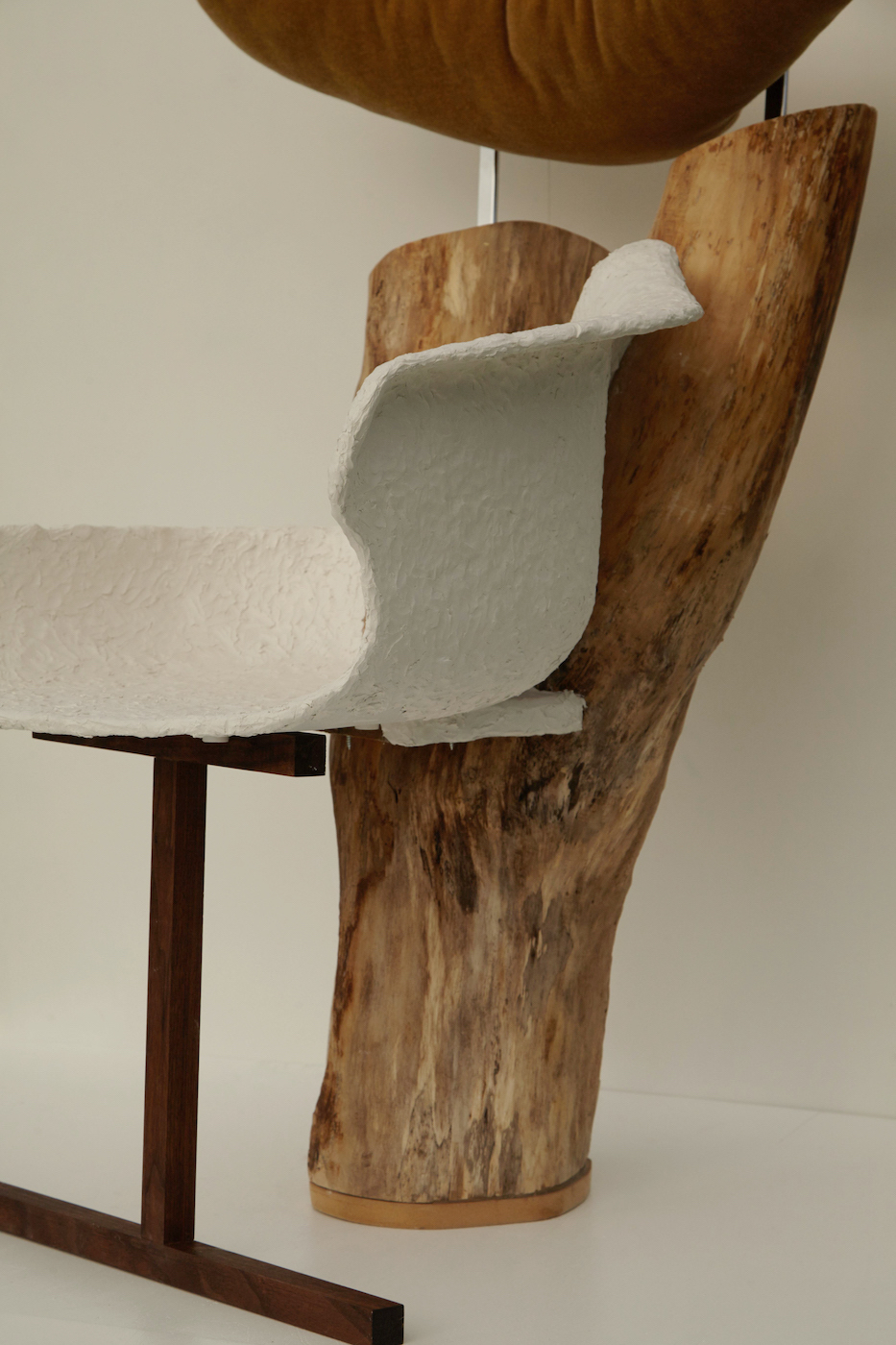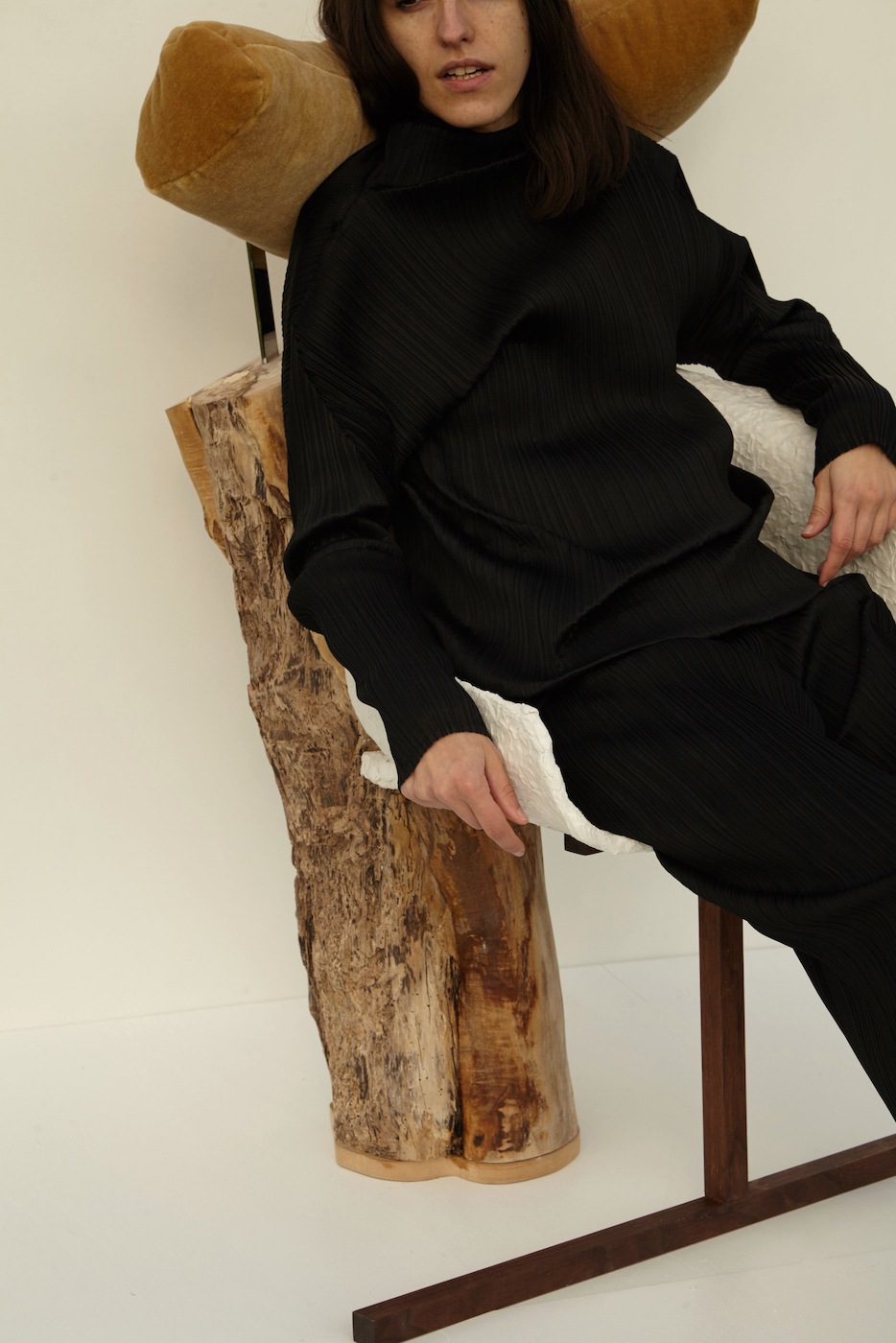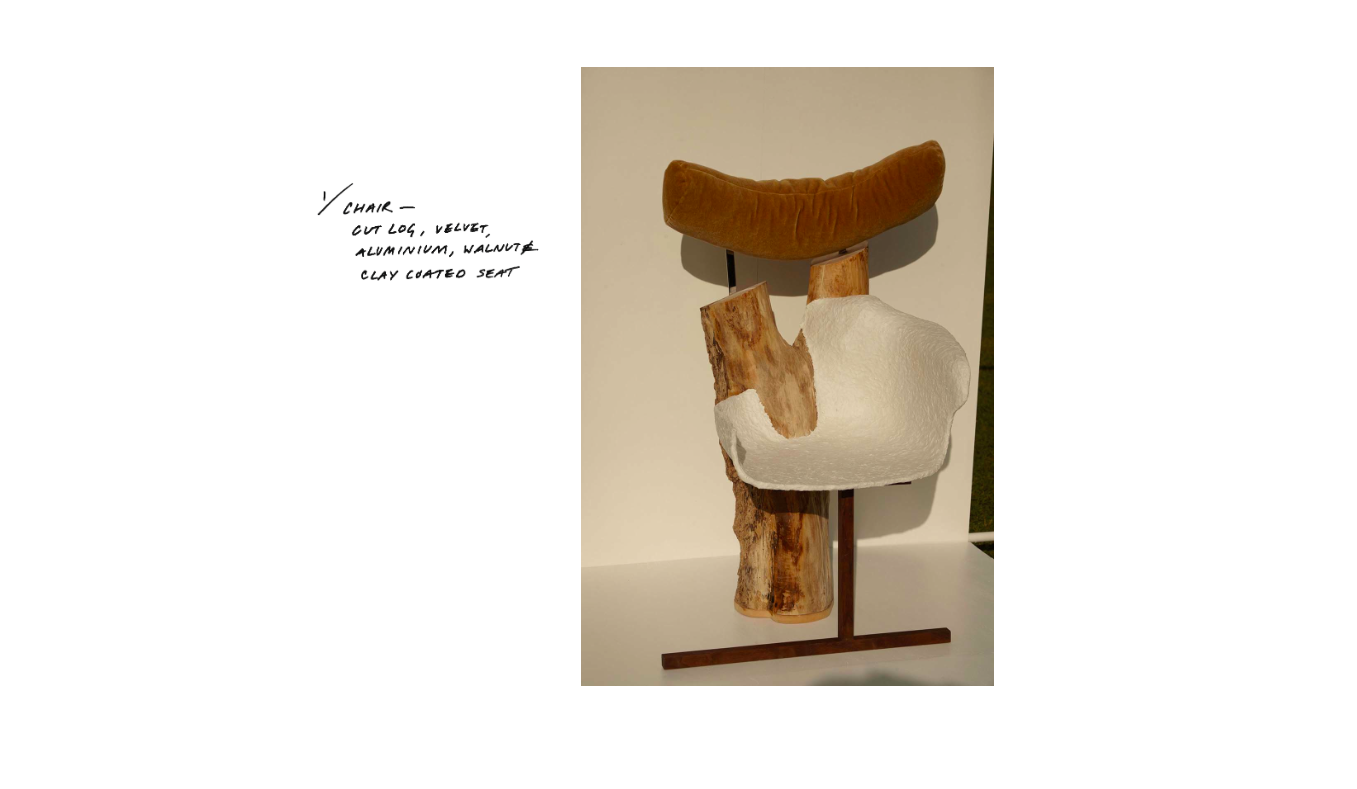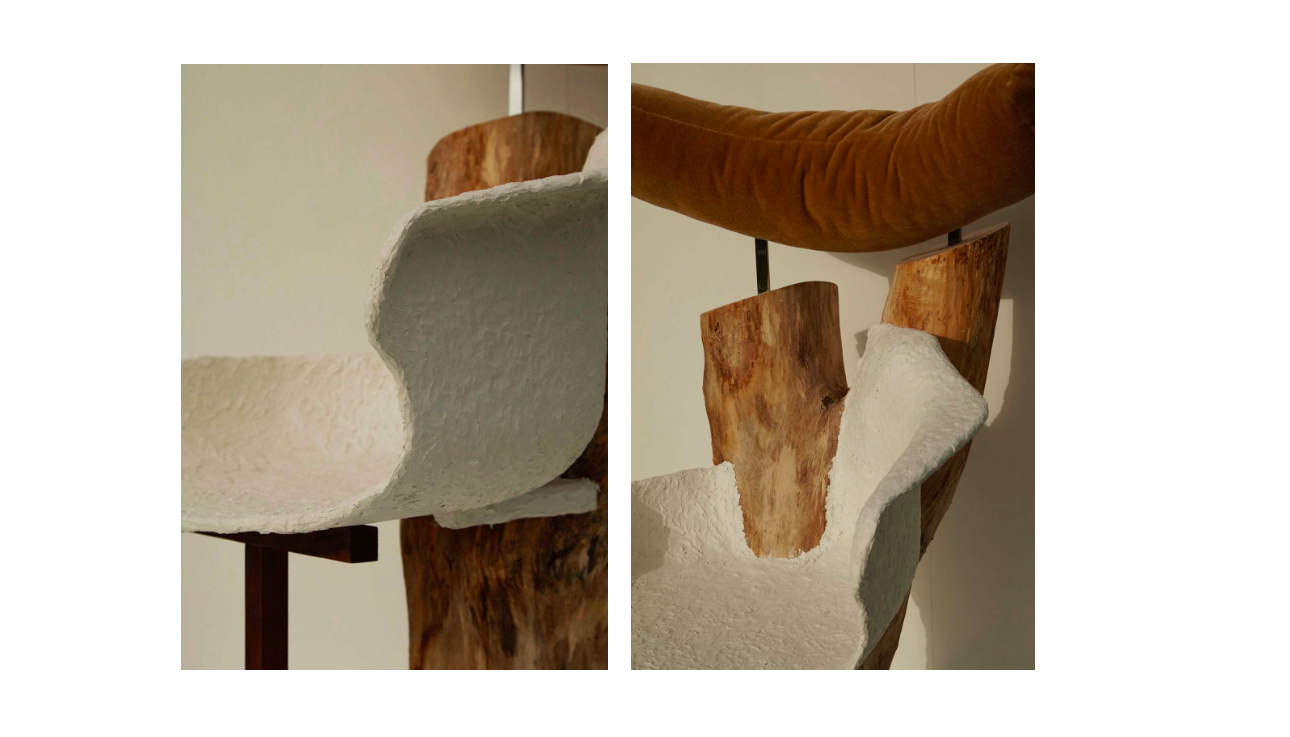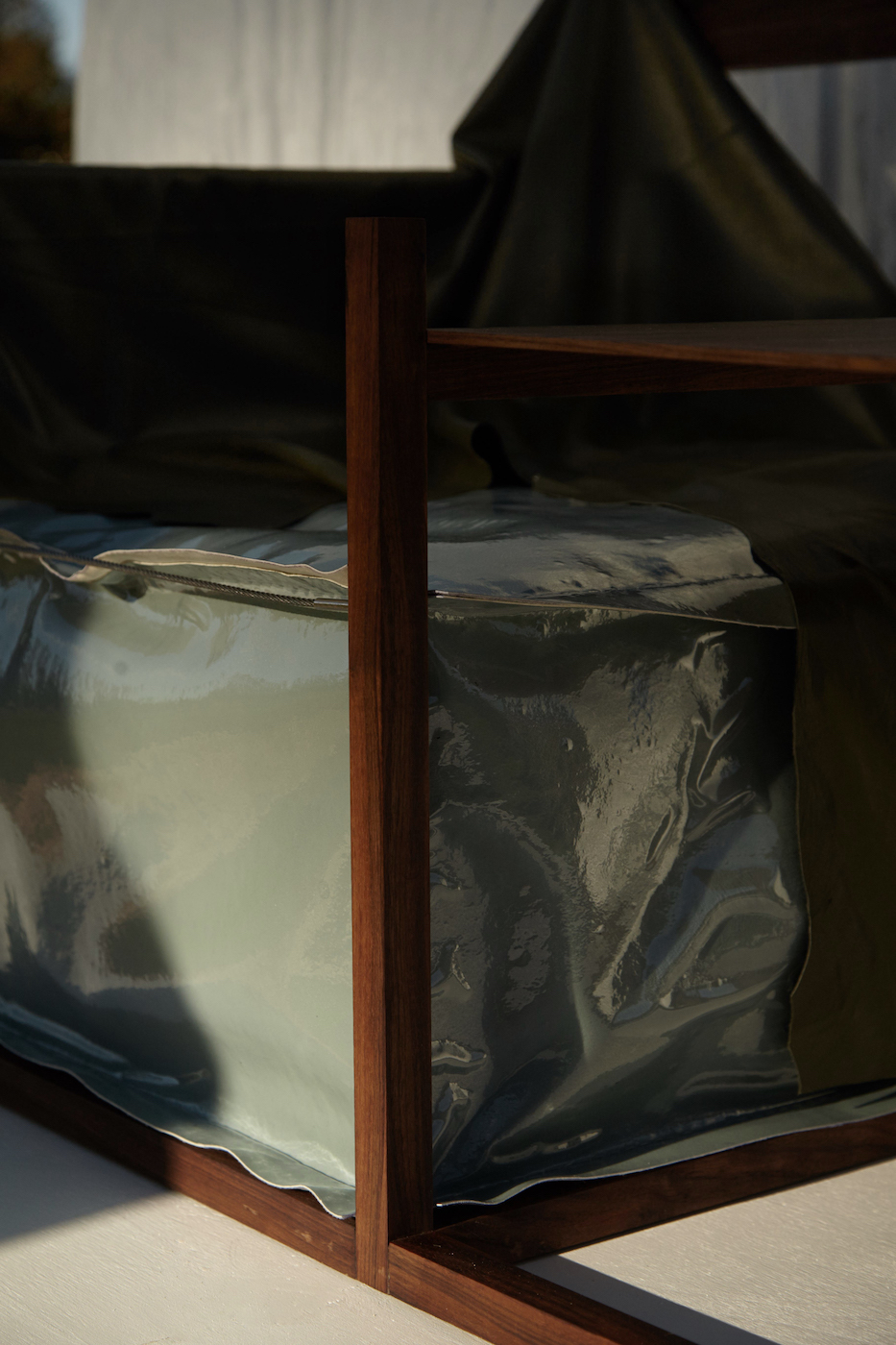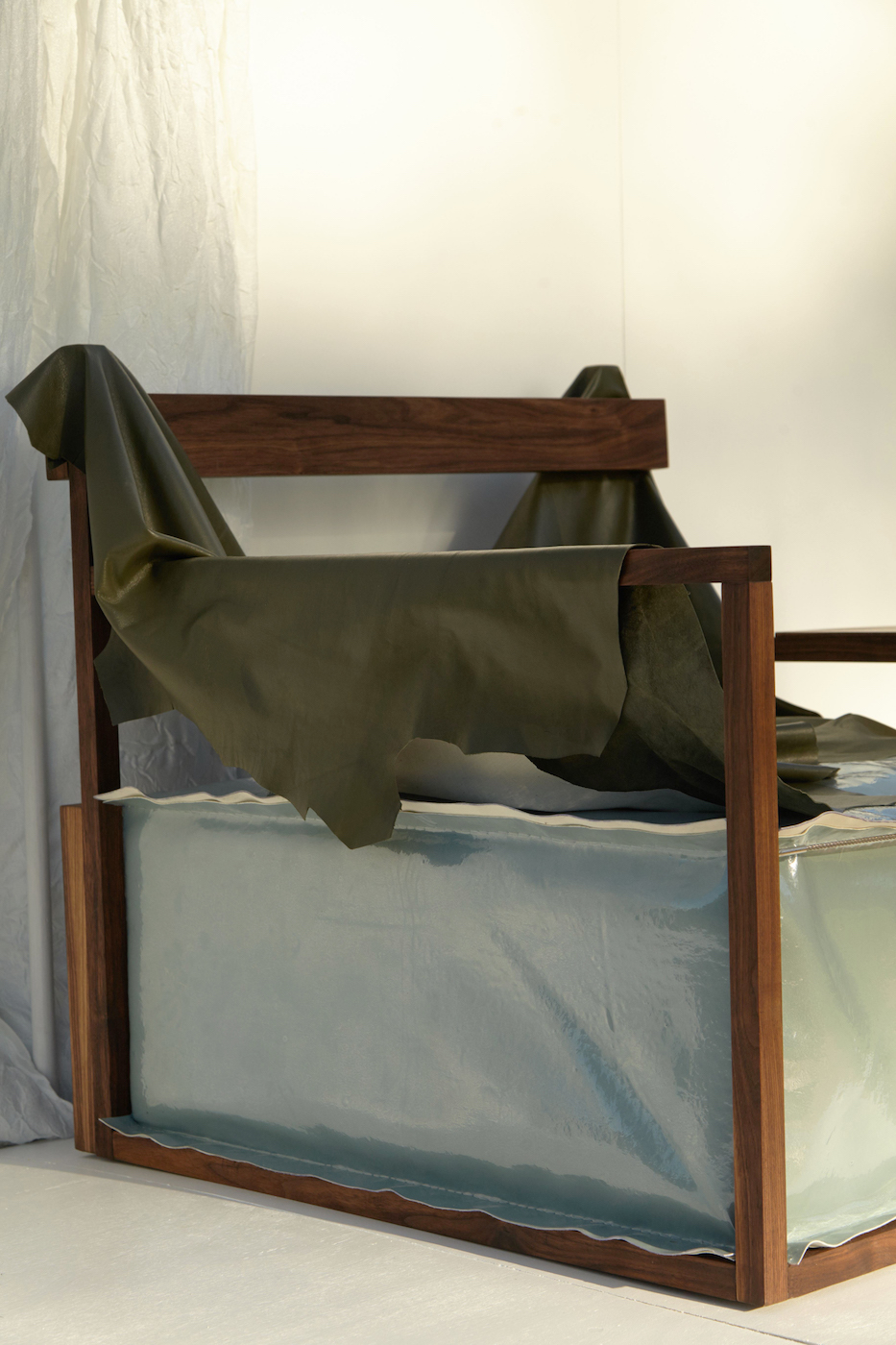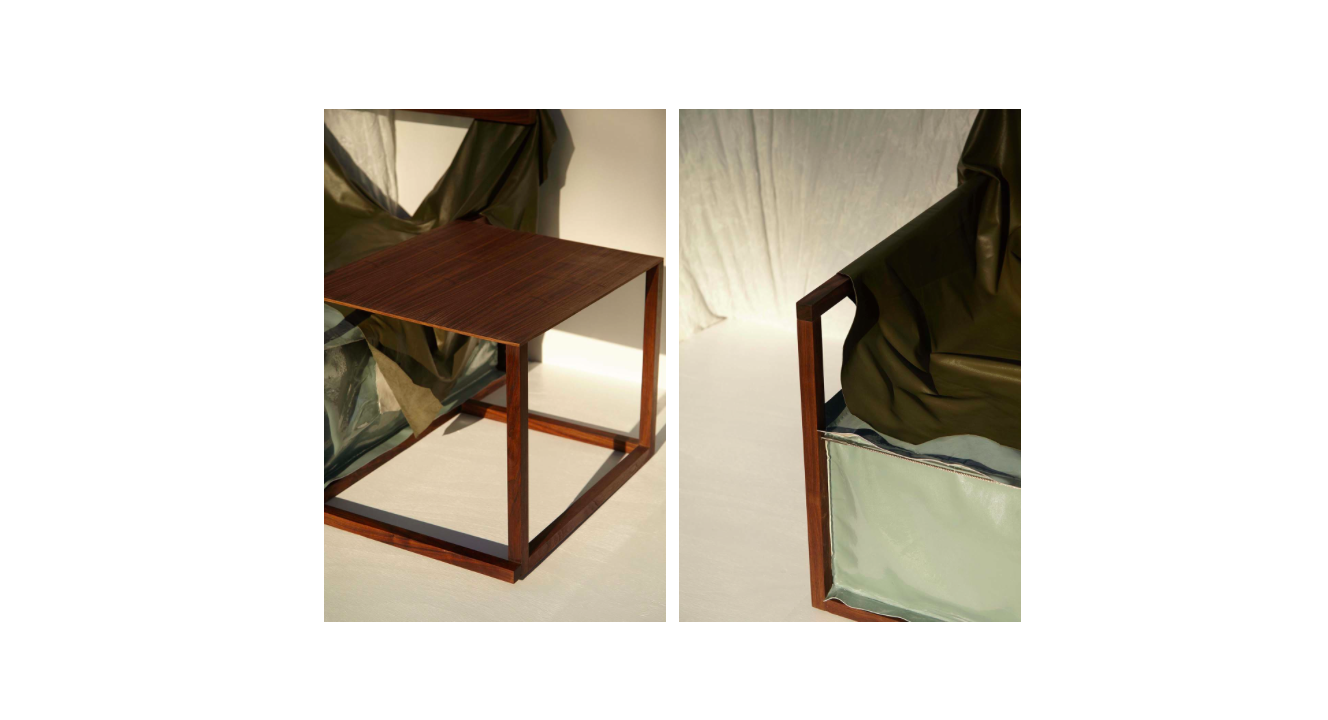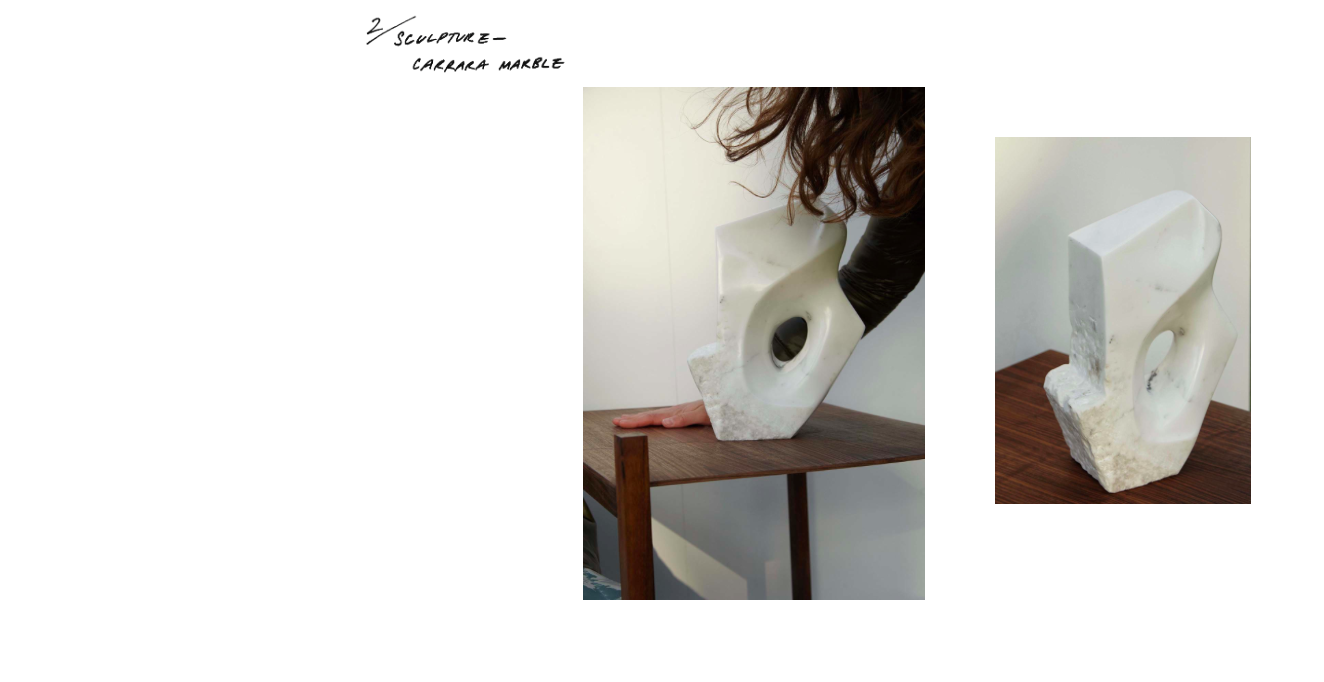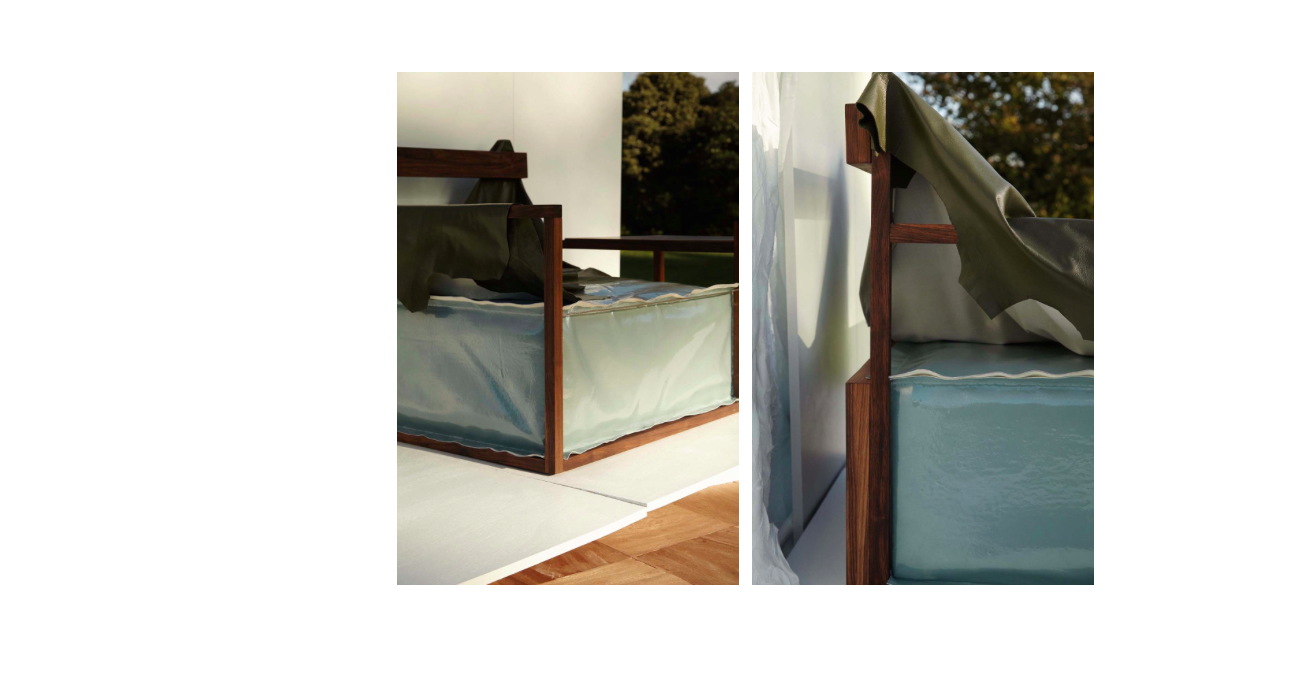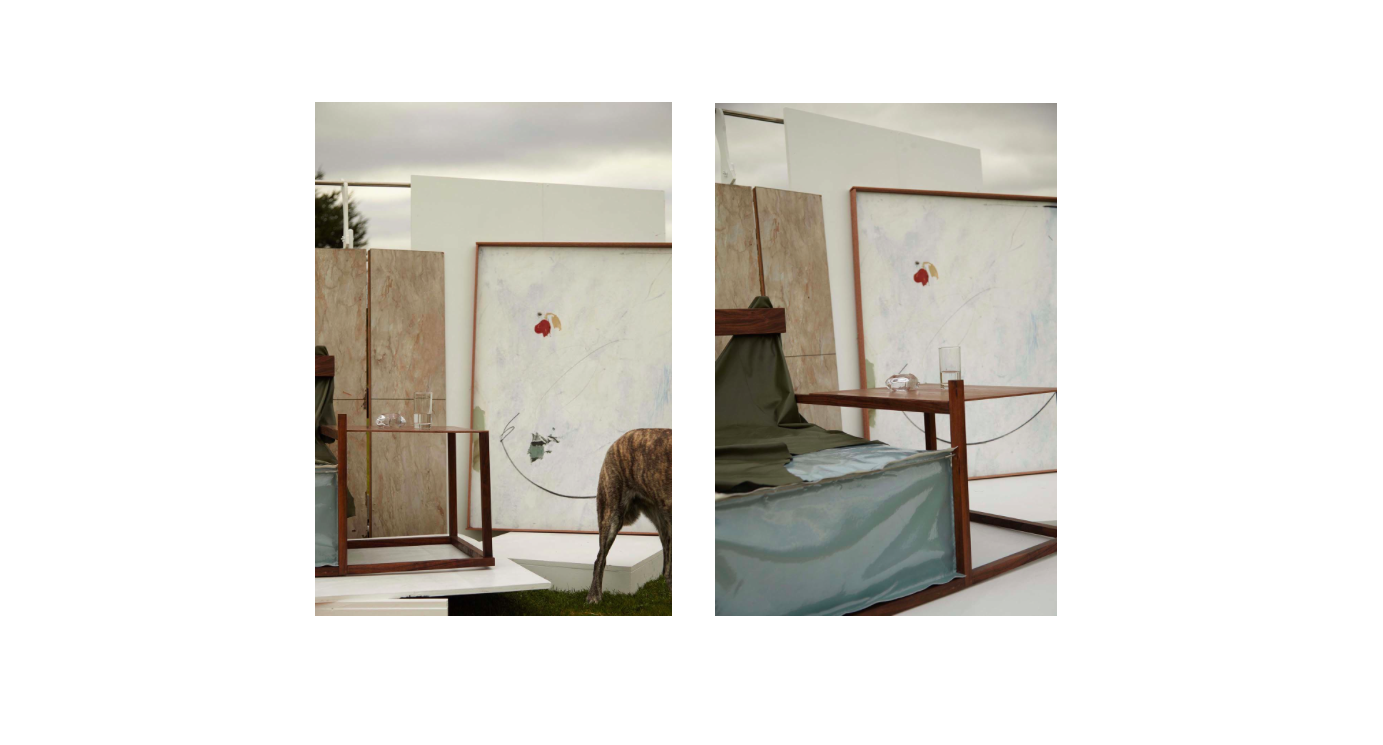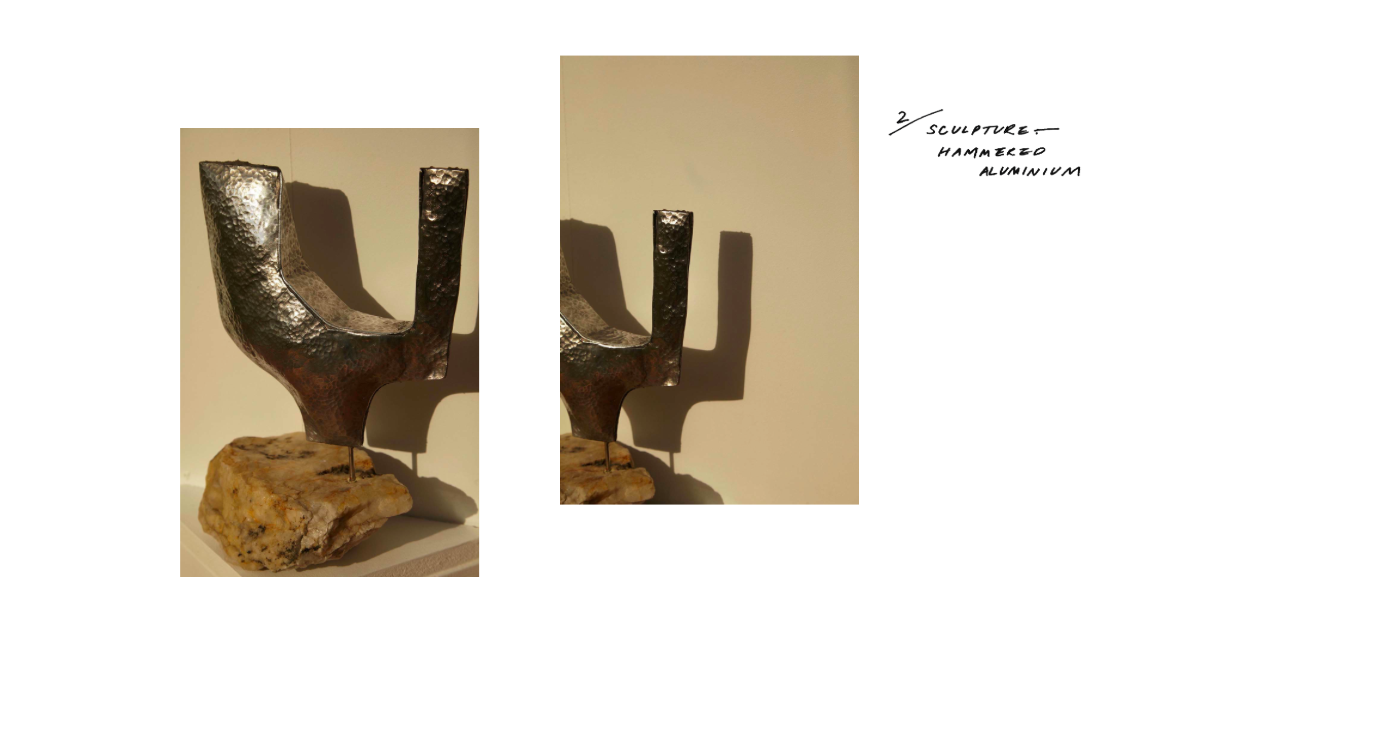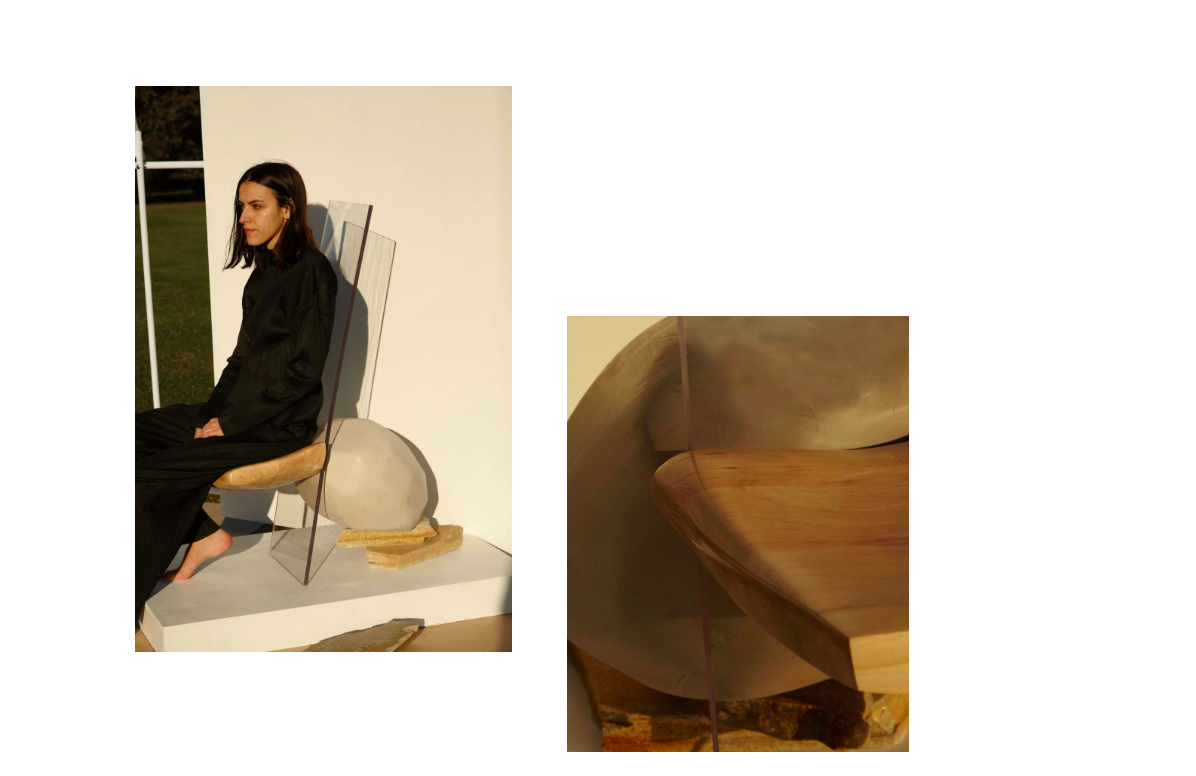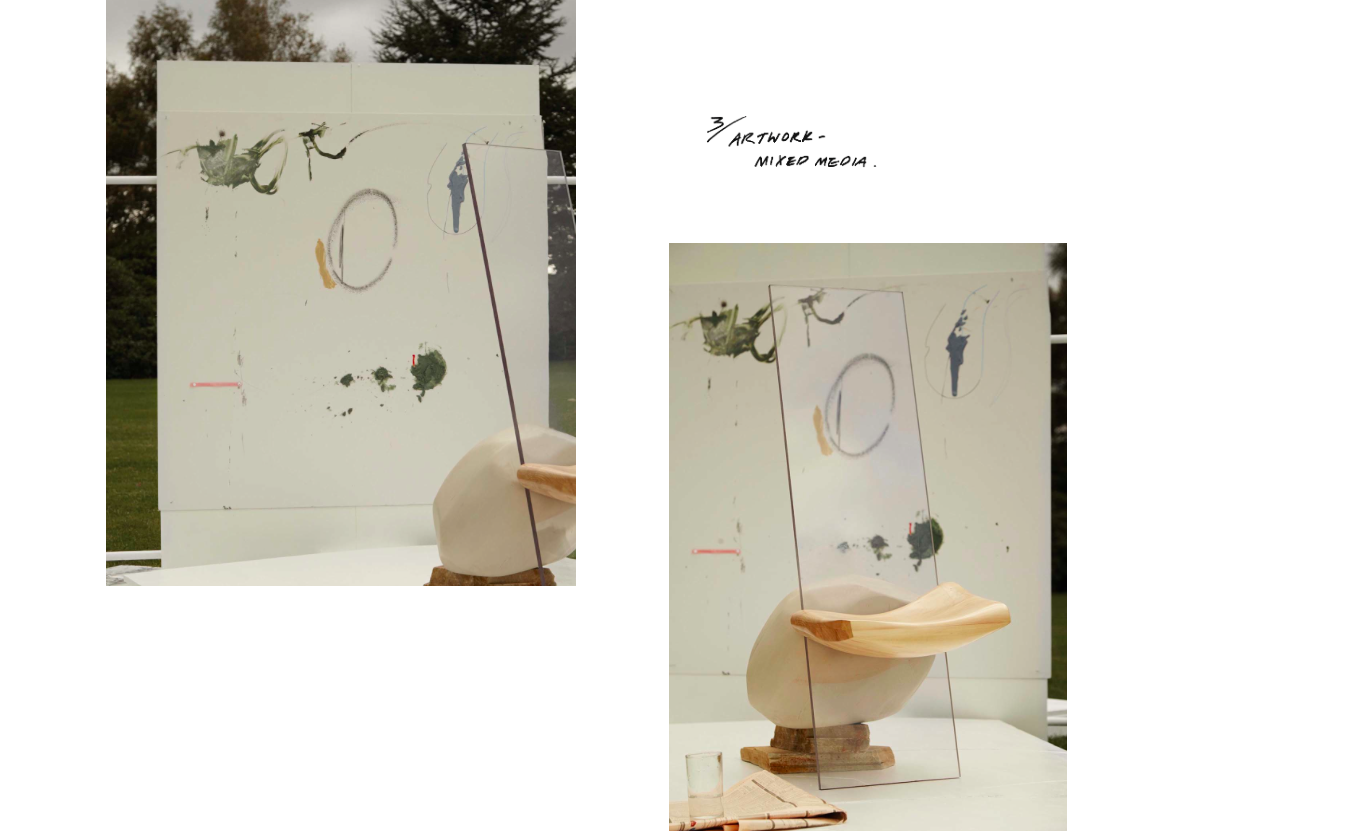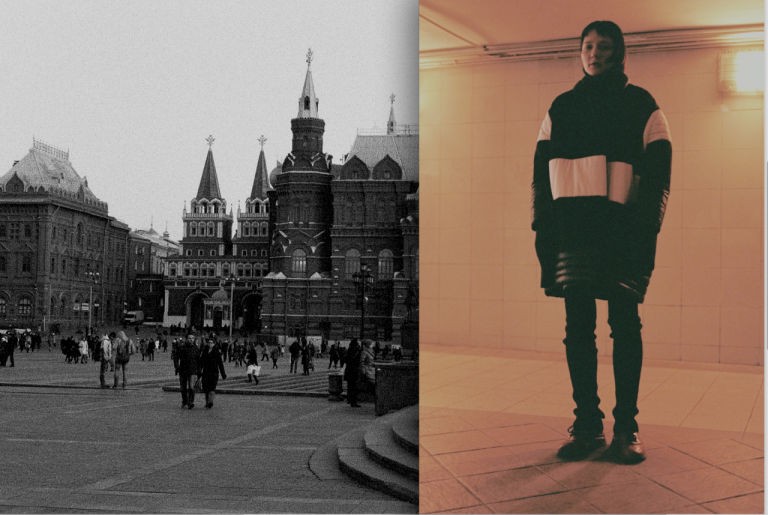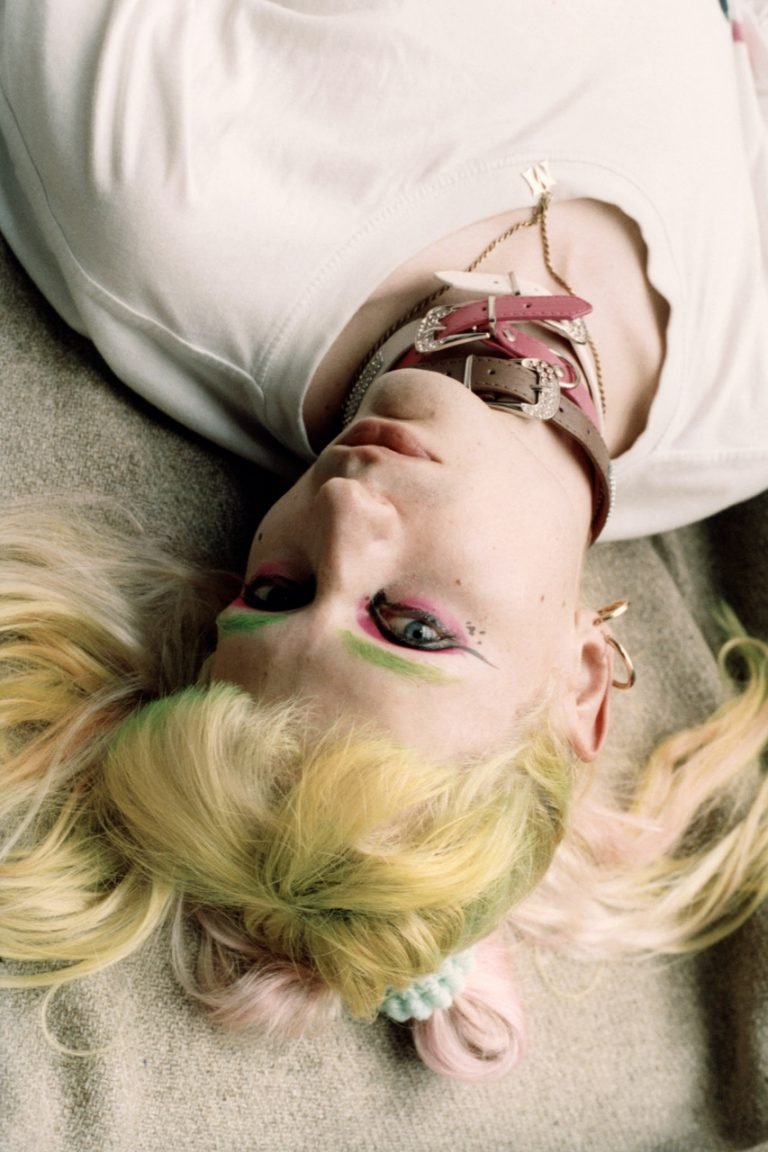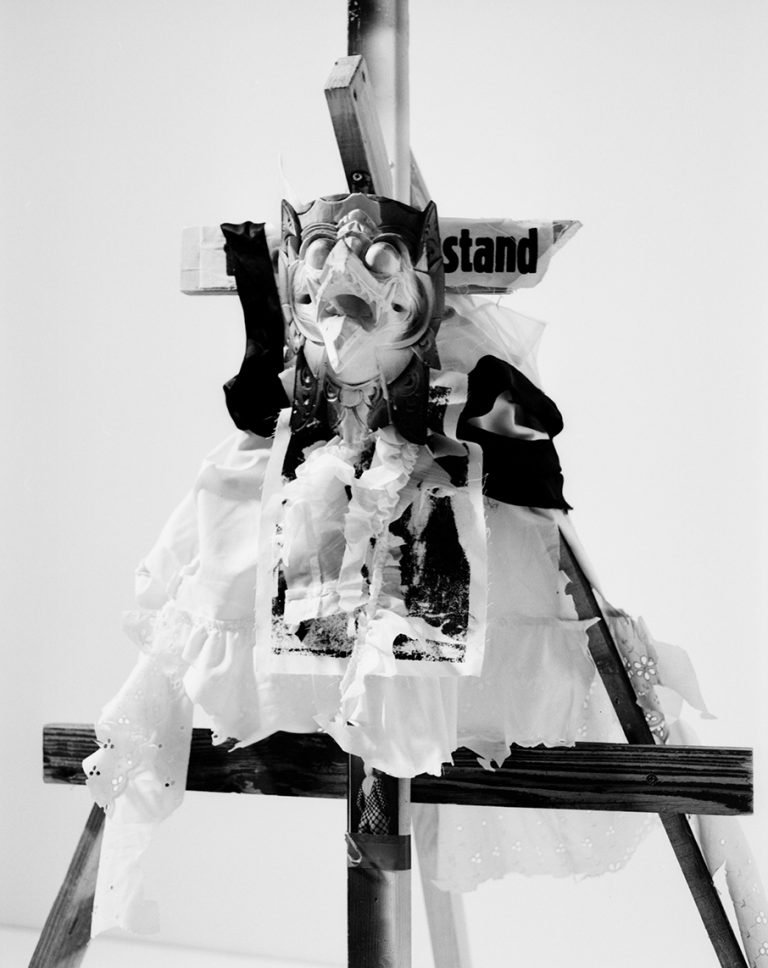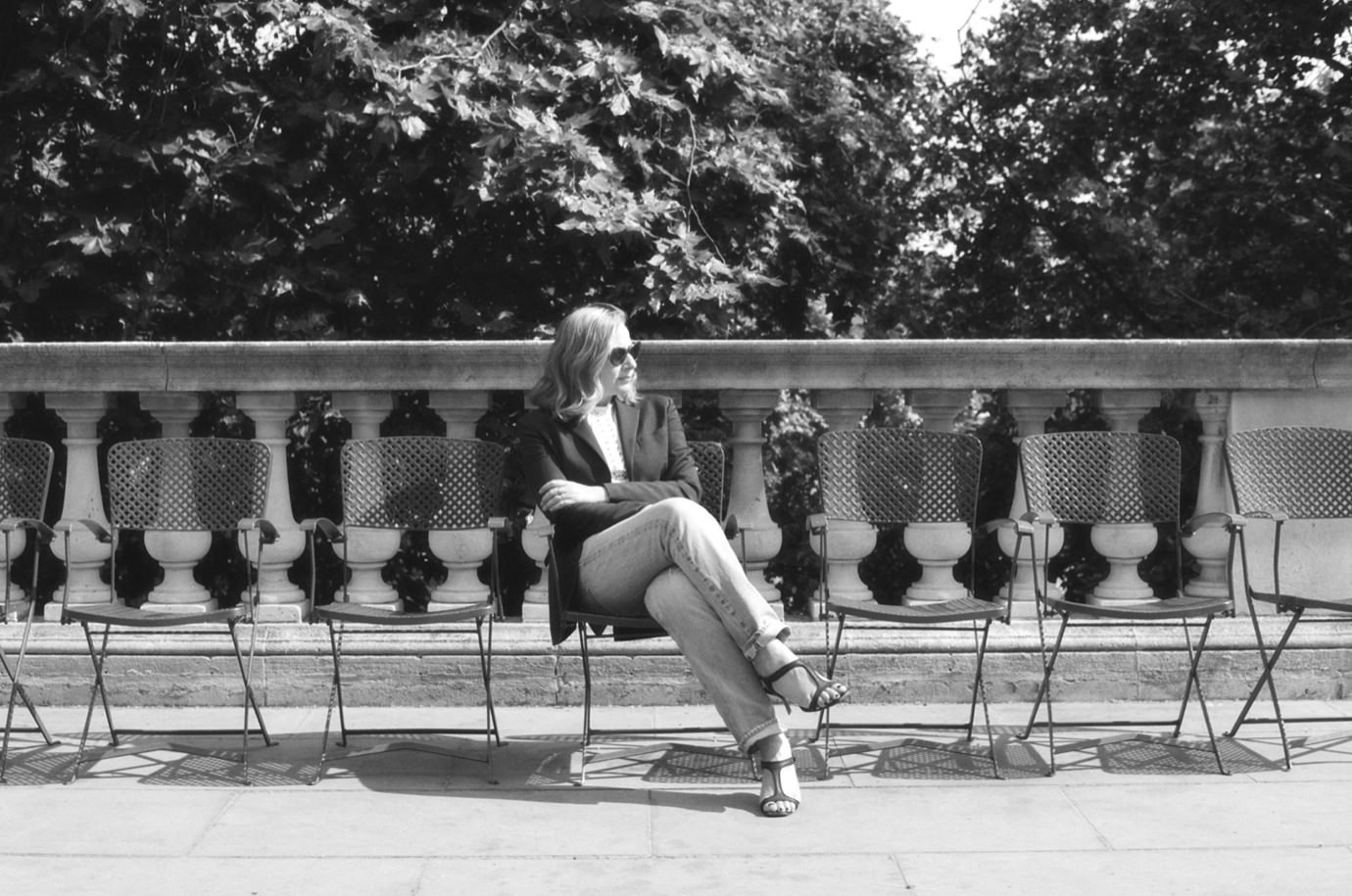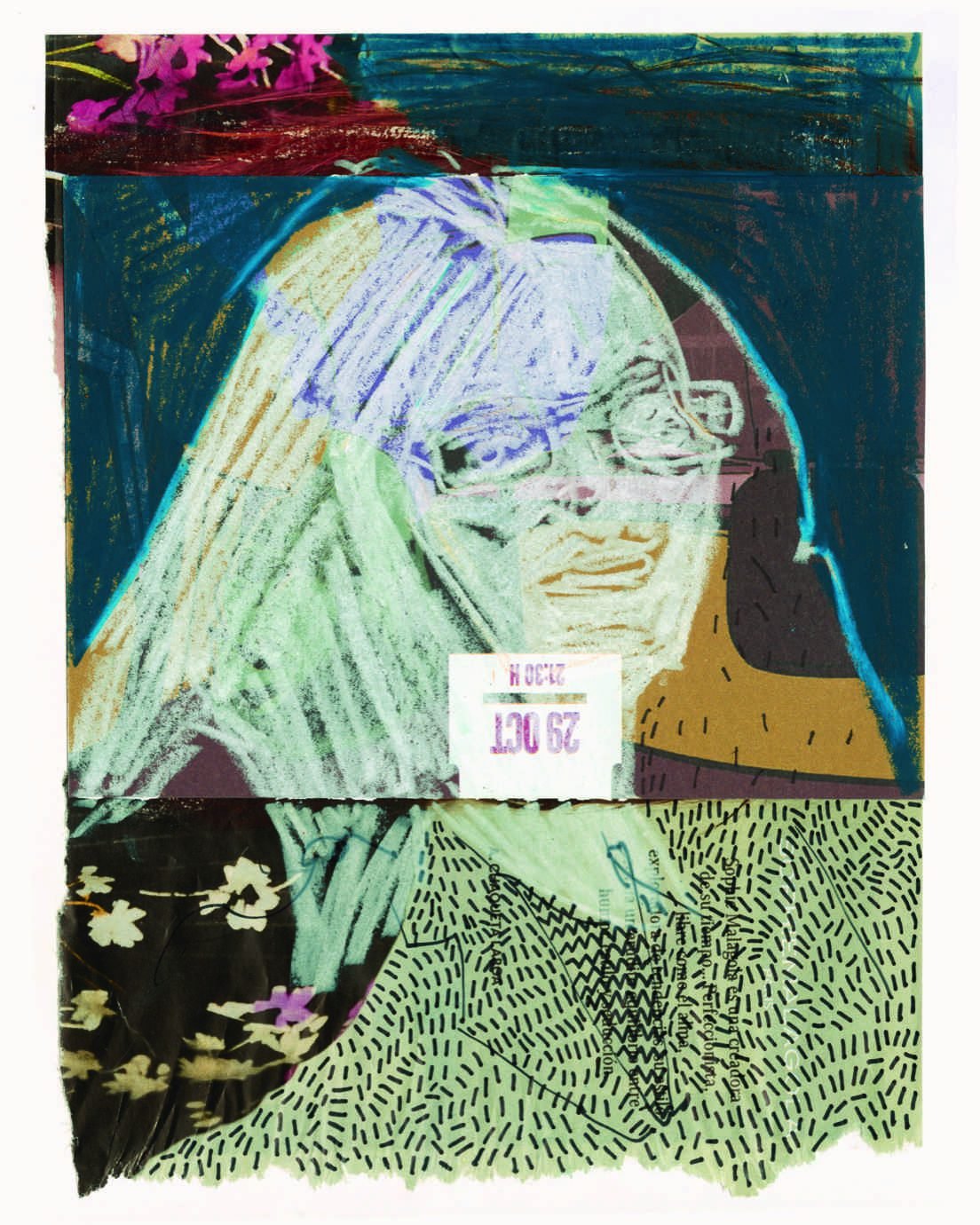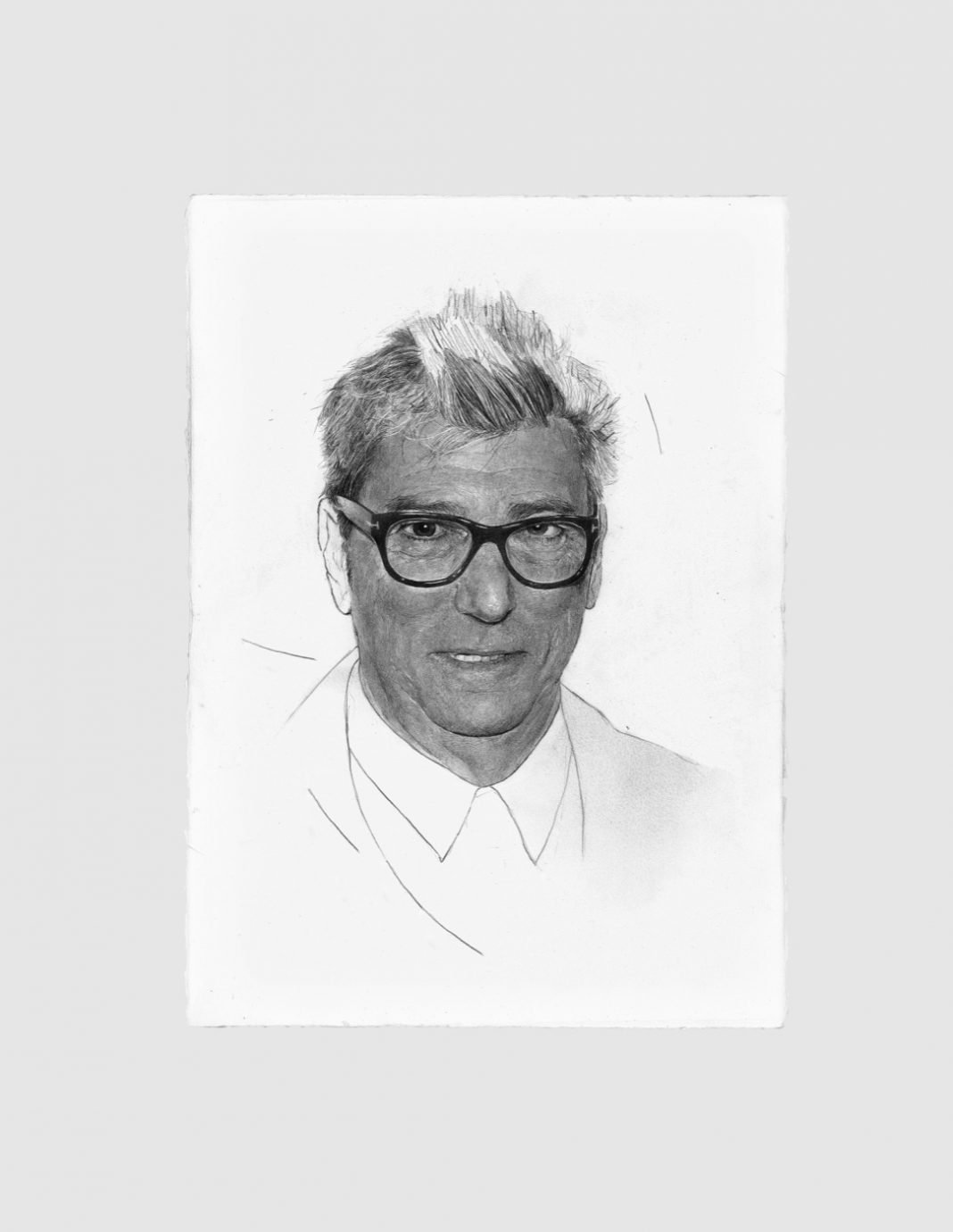I would like to start by asking you about the transition from leaving Central Saint Martins with a degree in fashion design, to launching a line of furniture. Why did you have the change of heart in terms of discipline, and how did you progress from that realisation onwards?
During my final year Lee Broom, the product and interior designer, gave a talk on how he went from a fashion degree at CSM to designing furniture and products, and I think the penny dropped for me that it was possible to change design fields. Especially as I feel a Central Saint Martins degree is very liberal and the tutors focus heavily on developing your personal design aesthetic, brand marketing and rallying a strong work ethic, transferable across any design field.
Like many in my year I felt fashion wasn’t for me, but design was, and after using thinly cut marble, hung on the body for my final collection, I became fascinated with the stone. My collection was quite gestural and sculptural, so after graduating I knew I wanted to focus my creative efforts towards a more sculptural field. Therefore it felt the right thing to enrol myself on a marble carving course, in Carrara, Italy. Once there, I became transfixed with the carving process, so much so that my tutor sent me to visit Lutfi Romhein, who hand carves chairs and sculptures out of olive wood (one of the hardest woods to carve) in the south of France. This meeting was a turning point, Lutfis determination to follow his artistic path no matter what deeply inspired me and my desire to design structures collided with my love of carving. I wanted to create sculptural, artistic, hand carved chairs. I wanted to be a Furniture Artist.
On hearing of my new direction, a friend of mine introduced me to a lady who had an abandoned workshop at the back of her estate, just outside London, she the kindly gave me the workshop for free in return for gardening favours! I couldn’t believe my luck, every step felt very natural so I knew I was heading in the right direction, and I spent a month converting it to a functioning one. Even though I had design ideas flowing out of my ears, I felt I needed more making experience (youtube can only take you so far). I at least needed to know the basic joints and get familiar with how to use woodworking tools, so I contacted a carpenter’s workshop I knew of in Canada, asking if I could pay him to teach me simple woodworking joints. On the second day with him he offered me a paid carpentry apprenticeship. So I spent two months learning basic woodworking skills, enough to get me started.
I returned home, got a barista job two days a week and spent the rest of the week in my workshop, designing, making, experimenting with materials and tools. My plan was to give myself a year to transform my portfolio in a new furniture design direction. I whittled my designs down to three chairs I felt differ enough design wise and skill-set wise, to help broaden my learning – and when finished, to showcase an ability to push aesthetic boundaries, and an adaptability to sway within contemporary styles.

